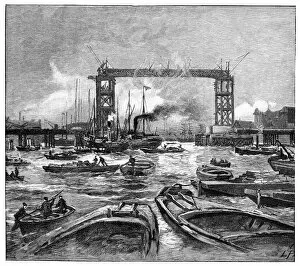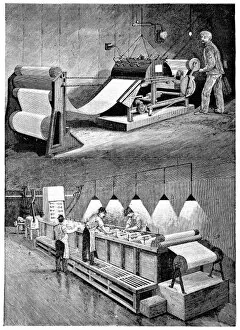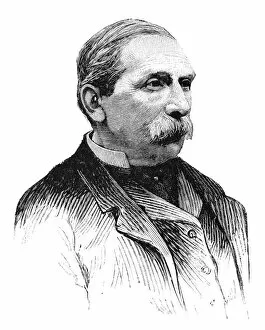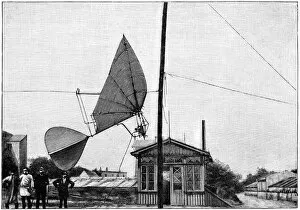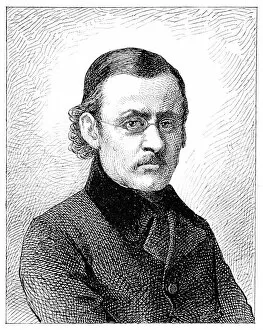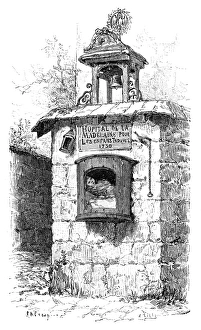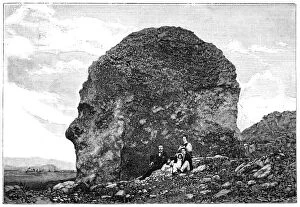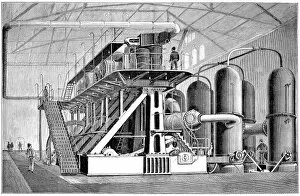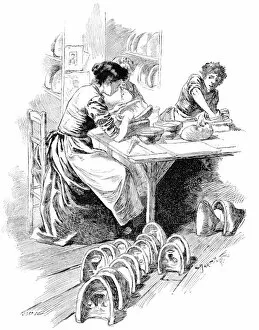Popular Science Collection (page 7)
"Unveiling the Wonders of Popular Science
All Professionally Made to Order for Quick Shipping
"Unveiling the Wonders of Popular Science: A Journey through Time and Discoveries" Step into the fascinating world as we explore a diverse range of captivating subjects that have shaped our understanding of the world. From cycling to spinal surgery, from bonsai trees to radio waves, this journey will take you back in time to witness remarkable advancements and breakthroughs. In the 19th century, cyclists harnessed their leg muscles for efficient pedaling while exploring new horizons. Meanwhile, Cornish tin mines delved deep into the Earth's crust, fueling industrial progress with precious minerals. The era also witnessed Calots spinal surgery revolutionizing medical practices and providing hope for those suffering from debilitating conditions. Venturing further back in history, Galileo's observations of Jovian moons in 1610 opened up a whole new realm beyond our planet Earth. His pioneering work paved the way for future space explorations and expanded our knowledge about celestial bodies. The 19th century was an age of innovation; Marconi's invention of radio brought people closer together across vast distances like never before. Simultaneously, fire sprinklers emerged as lifesaving devices protecting buildings from devastating fires. Amidst these scientific marvels, beekeeping flourished as an essential practice contributing to agriculture and honey production. And let us not forget Fridtjof Nansen - a Norwegian explorer who fearlessly ventured into uncharted territories, leaving behind his mark on polar exploration. As we delve deeper into popular science history, Stephen Gould emerges as a prominent figure in paleontology—an advocate for evolutionary theory who challenged traditional beliefs with groundbreaking discoveries. Join us on this enthralling expedition through time where each chapter unravels another piece of humanity's quest for knowledge and advancement. Popular science has been instrumental in shaping our present by building upon past achievements—inspiring generations to push boundaries and embrace curiosity along the way.

